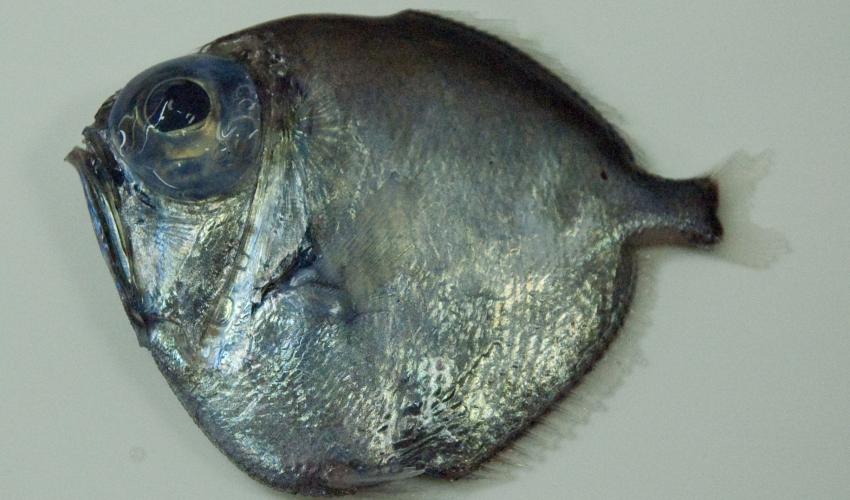Researchers were stunned to see that at least one species of deep-sea fish have super vision and are capable of picking up a broad range of light wavelengths and may even see color. Because the deeper you go underwater, the scarcer light gets.
As a result, vision isn’t really a prime attribute — and this happens in all low-light environments.
In caves, for instance, where light also doesn’t come through, the eyes of fish (and other creatures) disappear after only a few generations.
It makes a lot of sense: eyes are “expensive” to produce and maintain, and if there is little incentive to use them, they might degrade and even disappear in time.
Researchers from the University of Maryland analyzed the genomes of 101 species, 13 of which had genes that would allow them to see in color.

One species, in particular, the silver spinyfin, has a huge assortment of genes that enable it to pick up on many different wavelengths of light.
As we’re taught in school, cone cells are responsible for color vision, and rod cells are responsible for detecting brightness (especially in dim conditions).In this study, however, researchers found that that’s not always the case. Both rods and cones contain light-sensitive pigments called opsins.
These opsins absorb specific wavelengths and convert them into electrical signals that the brain can interpret. The number and type of opsins determine the colors that an animal can see.
They discovered that some fish contained multiple types of rod opsins, which raises the possibility that they have rod-based color vision. In 99% of all vertebrates, rods express one type of light-sensitive opsin, which means that in low-light conditions, they are colorblind — but that might not be the case for this fish. The silver spiny fish, for instance, has a whopping 38 opsin genes.
The traditional belief that there is no light at this depth was disproven by recent research, which showed that, even at these depths, faint flashes of bioluminescence are occasionally visible, coming from a variety of creatures including shrimp, bacteria, octopus, and other fish.
Researchers believe that some fish may have developed better eyesight to detect some types of prey, or avoid their own predators.










